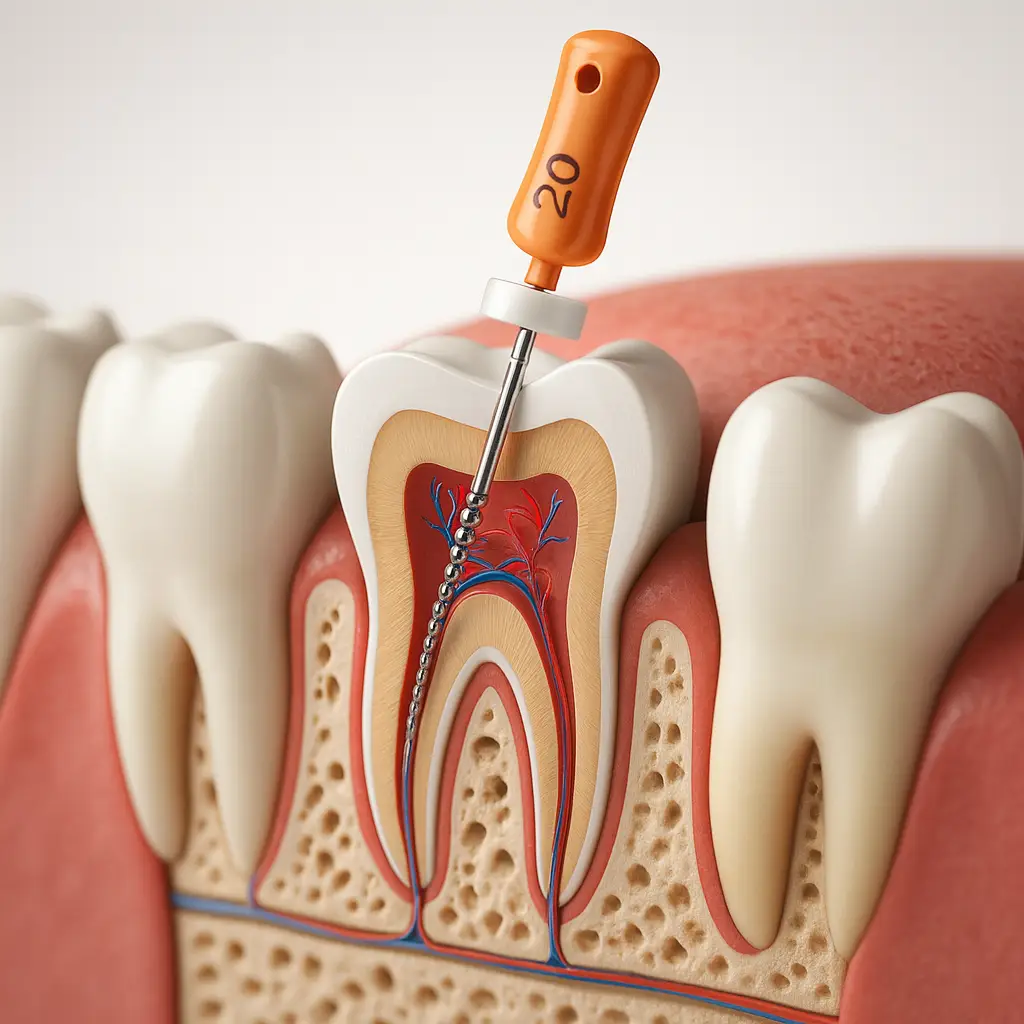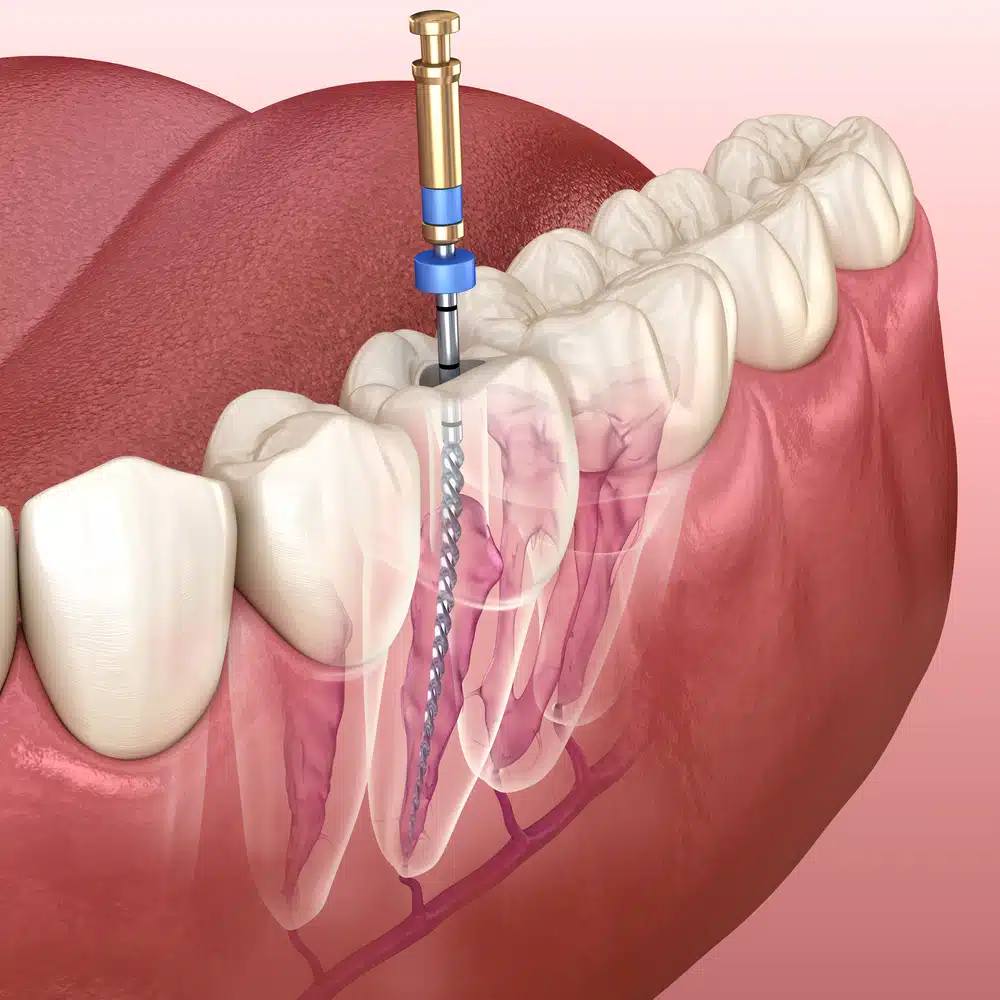Shopping cart
Subscribe to out newsletter today to receive latest news administrate cost effective for tactical data.
2478 Street City Ohio 90255
- Phone: 77 999 833 20
- Email: info@tinypearls.in
Subscribe to out newsletter today to receive latest news administrate cost effective for tactical data.
2478 Street City Ohio 90255
During an RCT, the dentist carefully removes the infected or inflamed pulp, cleans and disinfects the canals inside the tooth, shapes them properly, and fills them with a biocompatible material called gutta-percha. Finally, the tooth is sealed and often restored with a crown to provide strength and prevent future damage.
Simply put, RCT is a tooth-saving treatment. Instead of extracting a problematic tooth, the dentist treats and preserves it, ensuring patients can chew, smile, and speak comfortably without losing their natural teeth. It is considered one of the most reliable and effective dental procedures worldwide.


There are several reasons why RCT becomes necessary, and understanding these helps patients realize the importance of timely treatment.
When a cavity extends beyond the enamel and dentin into the pulp, bacteria invade and cause infection.
Multiple fillings or procedures on the same tooth weaken it and increase pulp inflammation risk.
Even small cracks allow bacteria to enter and infect the pulp.
Accidents, injuries, or sudden impacts can damage pulp even if there is no visible fracture.
Grinding or long-term pressure may also lead to pulp damage.
Common Symptoms Include:
Dental Conditions That Require RCT:
Sometimes, patients may not experience obvious pain, and the infection may silently spread. That’s why dentists rely on X-rays and pulp vitality tests to confirm the diagnosis.
Ignoring these warning signs can worsen the condition, leading to swelling, abscesses, bone loss, and ultimately tooth extraction. By seeking dental care promptly, patients can save their natural tooth and prevent more complicated, costly procedures later.
It’s important to remember that RCT is not just about treating infection—it’s about preserving the natural structure, maintaining proper bite, and ensuring long-term oral health.
Root Canal Treatment is surrounded by myths that often cause unnecessary fear in patients. Let’s address the most common ones.
By clearing these myths, patients can approach the procedure with confidence. Dentists today focus not only on clinical excellence but also on patient comfort, ensuring that RCT is a smooth, stress-free experience.
Root Canal Treatment is one of the most valuable dental procedures, offering patients the chance to keep their natural teeth even in the face of severe infection or damage. It removes pain, prevents complications, and restores function and aesthetics. Far from being painful or complicated, modern RCT is comfortable, efficient, and long-lasting.
Patients experiencing tooth pain, swelling, or sensitivity should never delay seeking professional advice. Timely RCT can make the difference between saving and losing a tooth. By choosing this treatment, patients invest in their oral health, their smile, and their overall well-being.